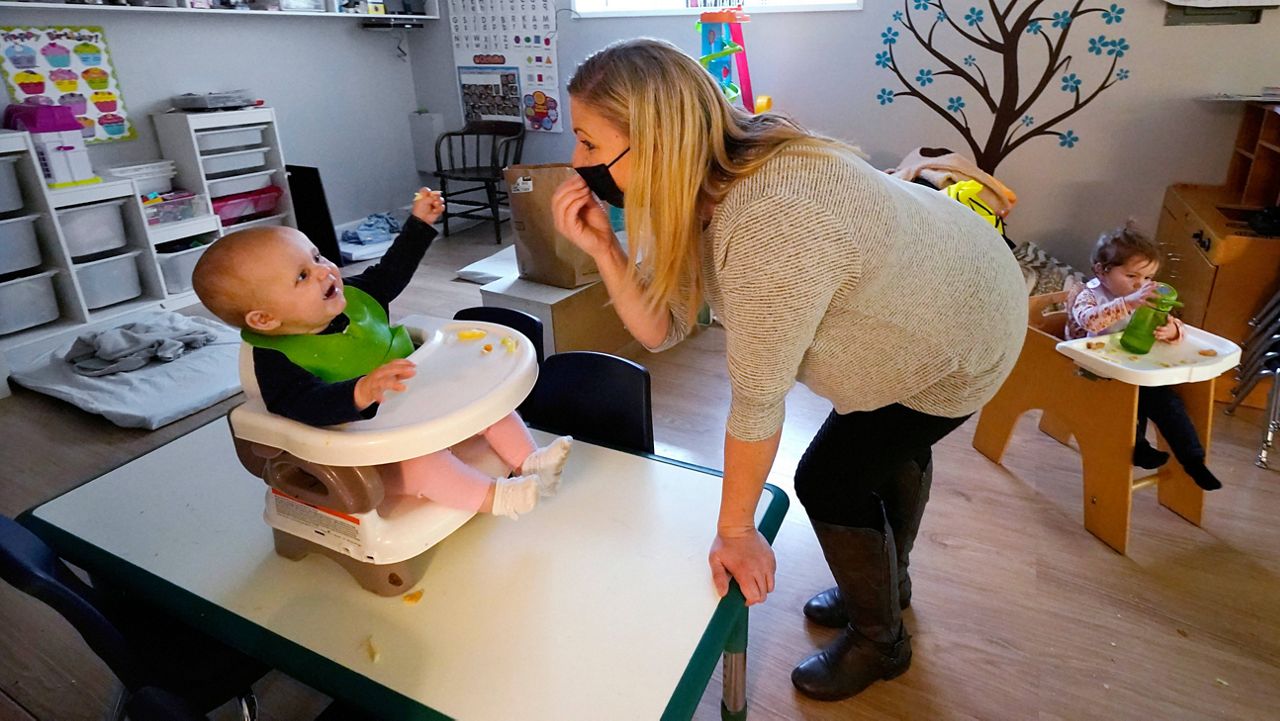For the first time in seven years, the United States saw an increase in births in 2021, according to provisional data released Tuesday by the Centers for Disease Control and Prevention.
What You Need To Know
- For the first time in seven years, the United States saw an increase in births in 2021, according to provisional data released Tuesday by the Centers for Disease Control and Prevention
- There were 3,659,289 babies born last year, up by about 46,000 — or 1% — from the year before
- The report did not give reasons for the increase, but some women tolf researchers they had delayed pregnancies during the early part of the pandemic
- Except for an uptick in 2014, the U.S. birthrate had declined every year from 2007 to 2020
There were 3,659,289 babies born last year, up by about 46,000 — or 1% — from the year before.
It’s, however, not clear if the increase is a sign of an emerging trend or simply an anomaly. Health experts have cautioned that the COVID-19 pandemic has made it difficult to read too much in the data at this point, and the number of 2021 births still falls short of the 2019 rate.
The report did not give reasons for the increase. But researchers at New York University last year found that some women were delaying pregnancy during the early part of COVID-19 pandemic. That might, at least in part, explain why a rare increase followed 2020’s steep 4% drop in births.
And the Pew Research Center found that a growing number of adults who are not already parents say they are unlikely to have children, citing reasons such as simply not wanting kids to concerns about climate change.
Except for an uptick in 2014, the U.S. birthrate had declined every year from 2007 to 2020.
The nation’s fertility rate was 1,663.5 births per 1,000 women in 2021, also up 1% from the previous year. The rate — which estimates how many babies a hypothetical group of 1,000 women would have during their lives — is still below the 2,100 per 1,000 that experts say is needed to replace the population.
Birth rates increased from 2020 to 2021 for women ages 25-49, fell in the 15-24 age group and were unchanged for adolescents 10 to 14 years old.
The birth rate for teenager mothers ages 15-19 declined by 6% — to a new record low — and has plummeted by 65% since 2007.
The number of white and Hispanic mothers delivering babies was 2% higher last year, while Black (2.4%), Asian (2.5%) and American Indian/Alaska native (3.2%) women saw their numbers fall.
There was a slightly higher rate of babies born via cesarean section — 32.1% in 2021 compared to 31.8% in 2020. And the preterm birth rate rose 4%, from 10.09% to 10.48%.








